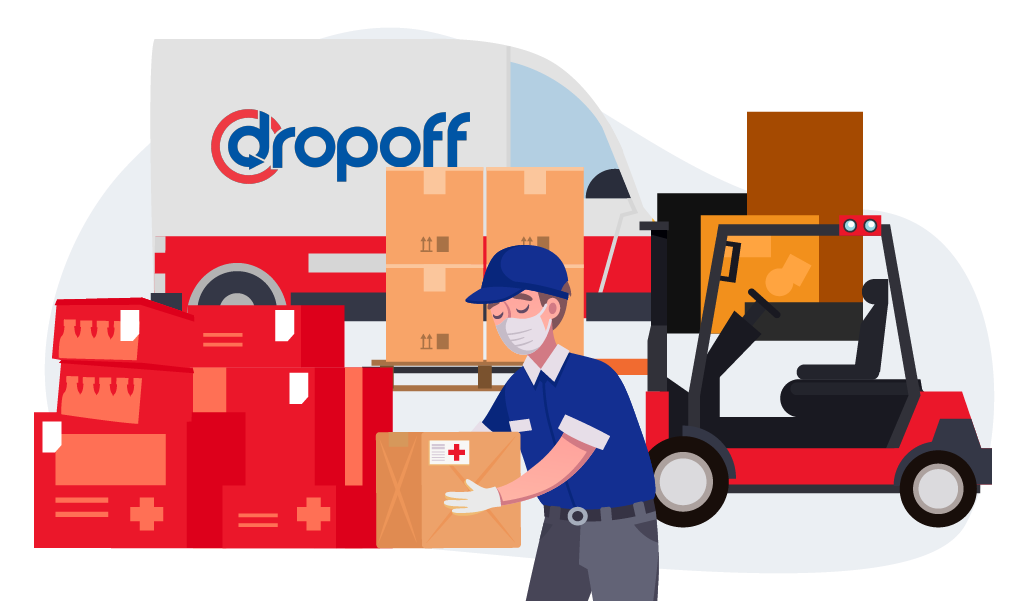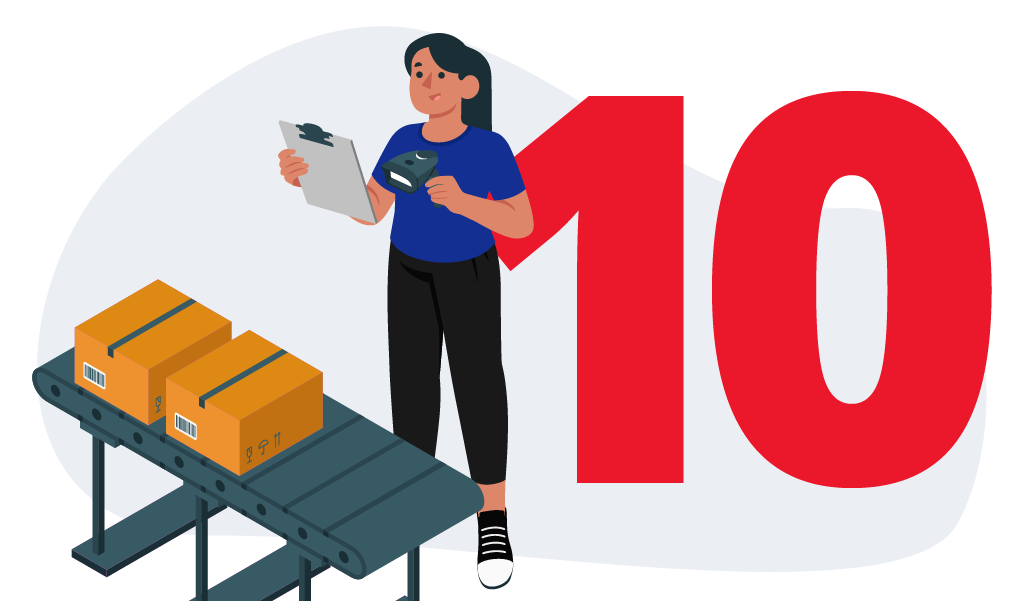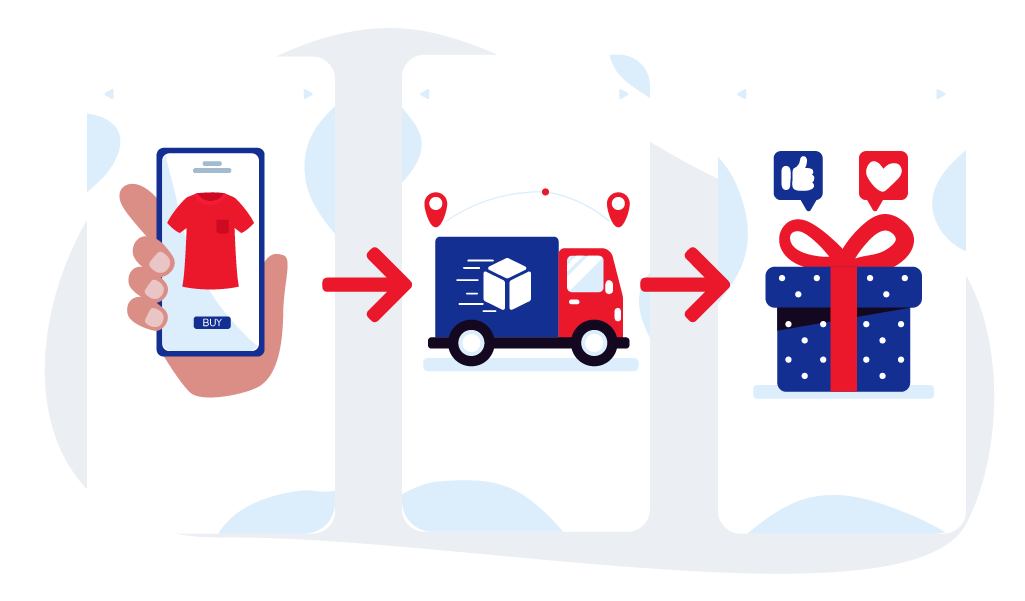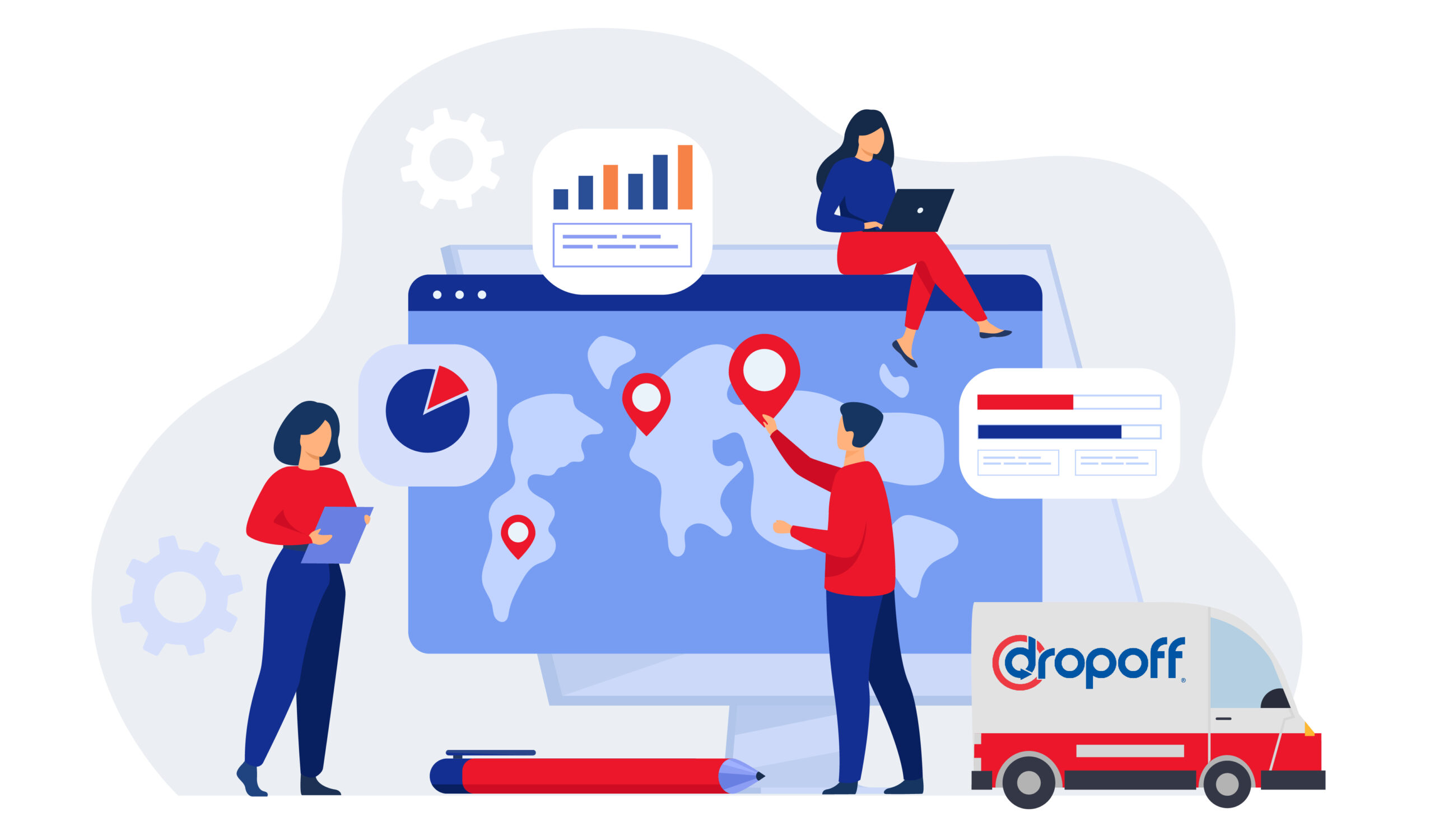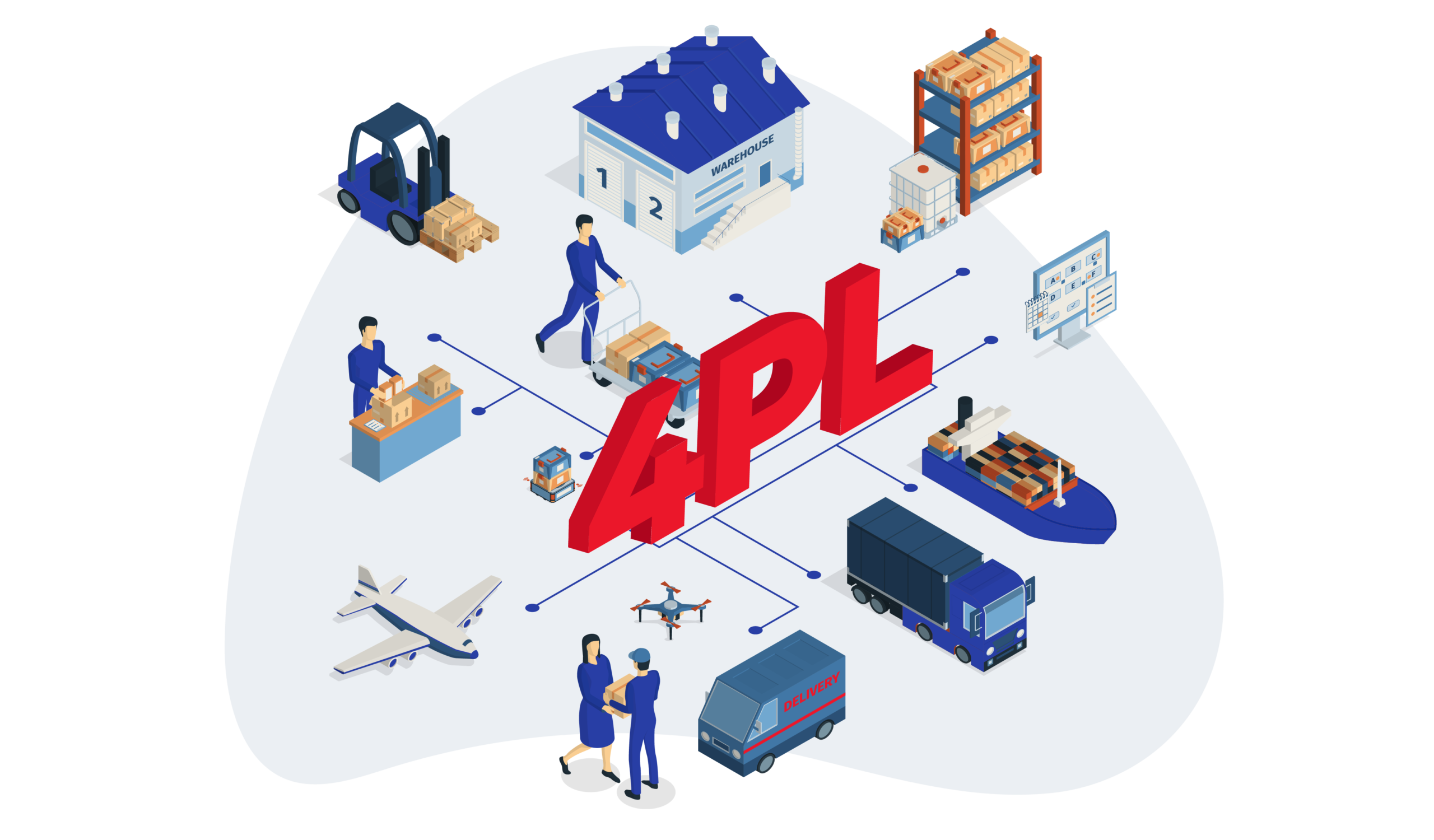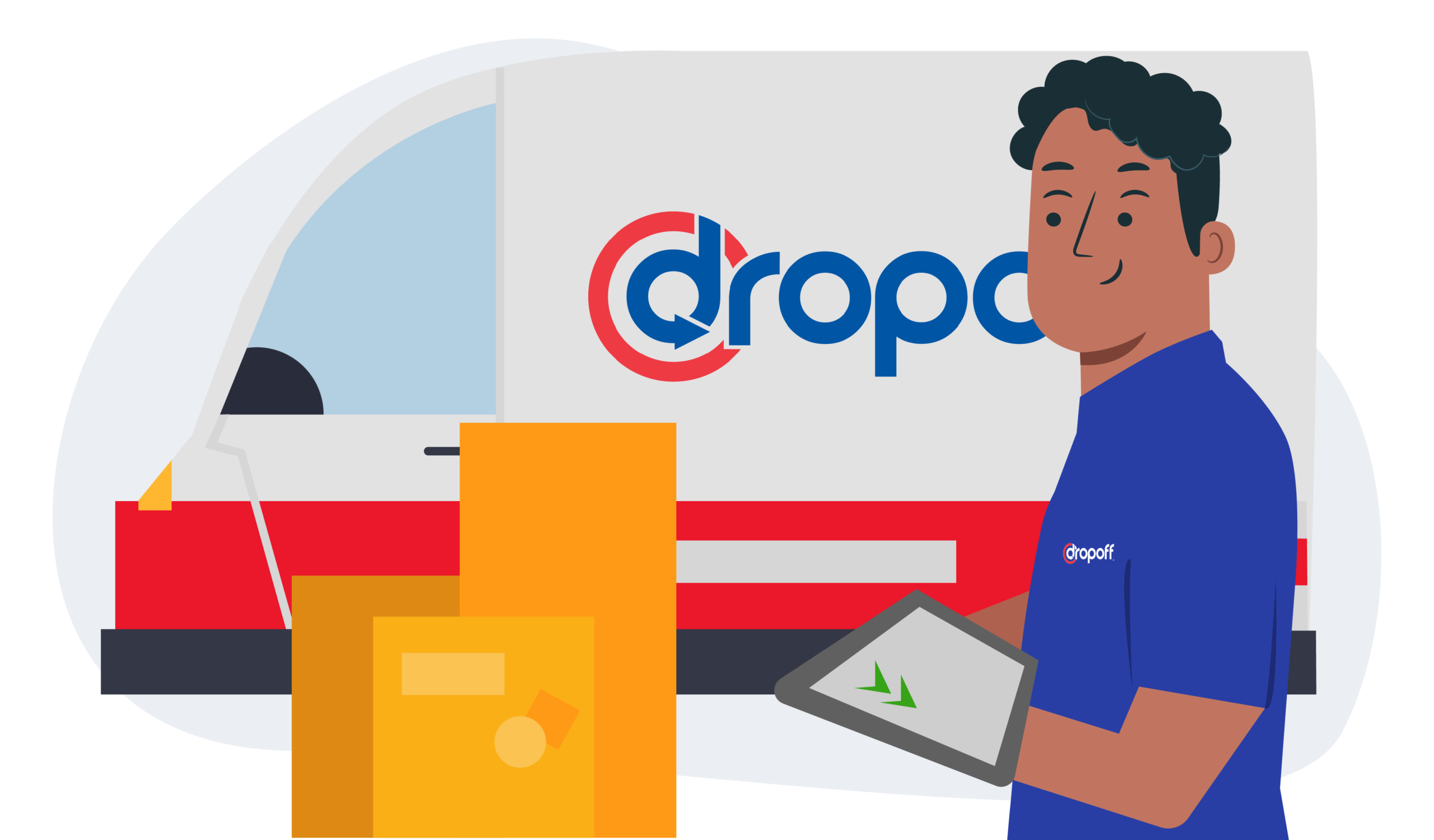Shipping vs Delivery: What’s the Difference?
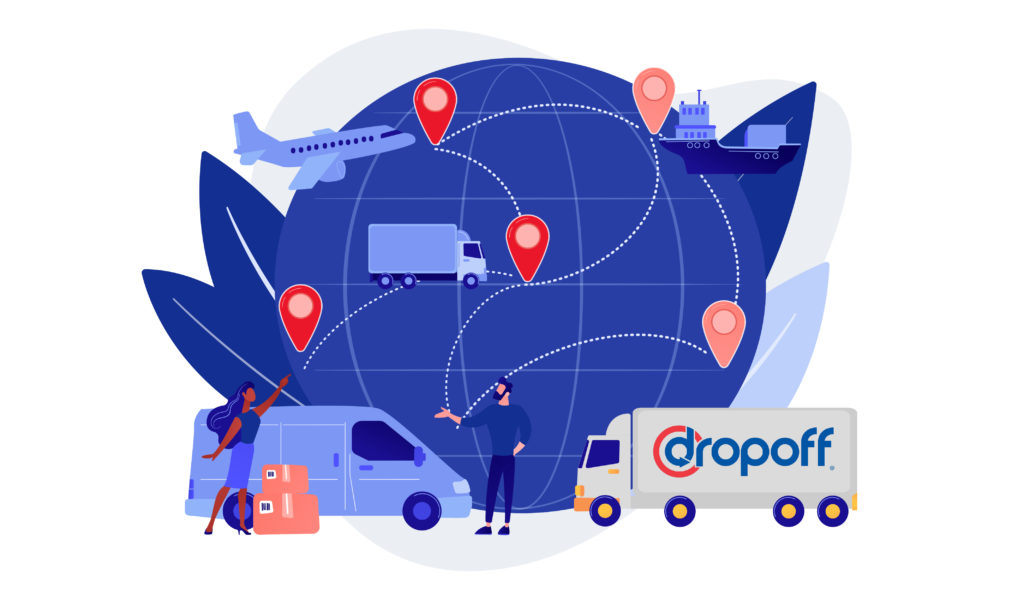
Do you know the difference between shipping and delivery?
Many people use these terms interchangeably, but there is a big difference between the two. At the end of the day, it all comes down to ensuring you meet your customers’ expectations.
In this blog post, we will discuss what shipping and delivery are, and explain the difference between the two concepts. We will also talk about the importance of understanding these differences to improve your business and structure your firm’s logistics operations in the best way possible!
What Is Shipping?
Shipping is one of many logistics processes. It typically refers to when an item has left the warehouse of the supplier and ready for the next stage, which is delivery to the customer. This process involves loading goods onto vehicles or ships, transporting them to a distribution center, and then unloading them.
Shipping can be a complex process, and it is important to choose the right mode of transportation for each type of goods.
Types of Shipping
1. Full Truckload (FTL) Shipping
Full truckload shipping uses a whole truck or group of trucks to carry goods from one place to another. The goods are loaded at a distribution point and then driven long distances.
One advantage of FTL shipping is that the entire order is transported by a single truck. This makes it possible for the order to be delivered more quickly.
The Occasion:
In the case of shipping goods in bulks or large shipments that require taking up the entire truck, this mode of shipping is the one.
2. Less Than Truckload (LTL) Shipping
LTL shipping is when different people share the space in a truck. This is cheaper than having your own truck, but it takes longer. Refrigerated, dual-temp, and multi-temp shipping is also available for LTL shipping.
The Occasion:
If your business produces freight that is under 15,000 and does not require a full-sized trailer, LTL shipping should be your transportation option of choice. It can save you a lot of money in different sectors of your business.
3. Flat Bed Shipping
Flatbed shipping is when you ship goods on a trailer without a roof. This is good for things that don’t need to be in a container or can’t be loaded/unloaded at a distribution point. Flatbeds let you load goods with a crane or forklift.
The Occasion:
Some of the most common uses for flatbed trucks when shipping freight include moving heavy machinery and equipment as well as various types of building materials.
4. Intermodal Shipping
Intermodal shipping means moving freight by two or more methods of transportation. This happens by loading cargo into containers that can be moved between trucks, trains, and cargo ships.
This mode of shipping typically falls into one of two categories: international intermodal or domestic intermodal.
The Occasion:
This is ideal for goods that weigh less than 25 tons and that need to travel over a long distance. The longer the distance the goods need to travel, the more sense it makes to use intermodal transportation.
5. Rail Service Shipping
Rail transport is cheaper than trucking because it requires significantly less fuel to operate a train than a truck or aircraft. This mode of shipping is essential for traveling long distances, where it maximizes cost-effectiveness.
The Occasion:
Rail freight makes it cheaper to send heavy items. Trains can handle much heavier shipments than trucks and can ship a lot of items in one trip, which is cheaper than shipping the same amount of items with multiple trucks.
6. International Air & Ocean Freight
International transportation usually travels by air and ocean freight. Ocean freight uses sea containers that are stacked on a ship and delivered from seaports to other terminals.
Shipping by air works similarly, but it is often more expensive than ocean travel, depending on the size of the cargo.
The Occasion:
When the cost of shipping is less than 15-20% of the value of the goods, air freight is best. However, ocean freight offers more capacity and value – one container can hold 10,000 beer bottles!
Ocean freight is usually much slower than air, and customs issues and port holdups can cause additional delays.
What Customers Expect from Shipping Today
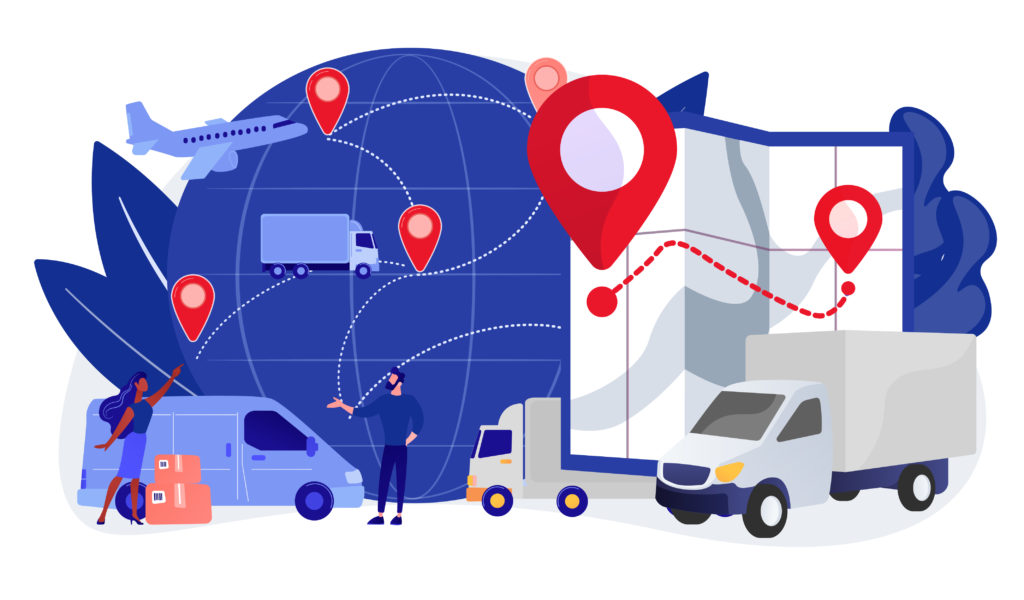
Most people prefer to buy things that offer free shipping. Three-quarters of the people studied by Shopify said that free shipping had a significant or very significant influence on their purchasing decisions. It also found that 74% of consumers want to see shipping costs upfront when making purchasing decisions.
It would benefit businesses to provide the following information.
1. Shipping Information Page
Here’s the basis of what this page should include:
- All of the shipping options you offer.
- Order processing time.
- Domestic and international shipping options.
- A full return policy.
- Any shipping delays.
- A cancellation policy.
2. List of Shipping Prices Before Checkout
Baymard Institute (2021) found that 49% of shoppers abandoned a cart because the extra costs, like shipping and taxes, were too high. This means that almost half of all shoppers will leave a purchase if the final cost is too expensive.
3. Provide Return Options and Costs Upfront
If someone buys something from you, especially for the first time, they need to know how to return it if they don’t like it. They also need to know how much money and effort it will cost them.
This information is highly expected from logistics in the retail industry.
4. Make delivery estimates clear before checkout
People want to know how long it will take for their package to arrive. This is one of the must-have features in last-mile delivery solutions.
What Is Delivery?
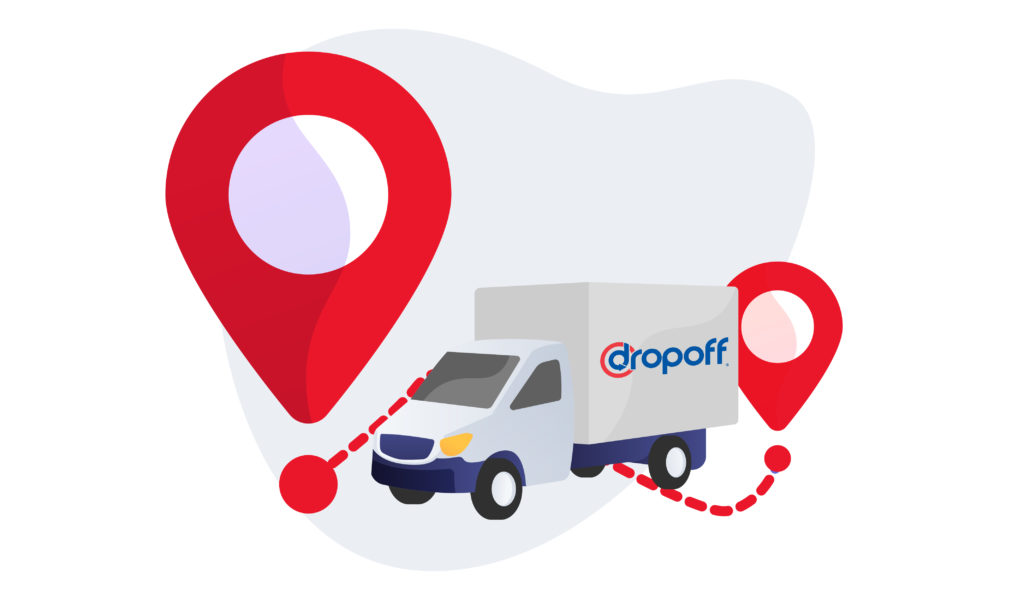
In logistics, delivery is the process of transporting goods to the end-user. This stage refers to getting the item transported to its very final destination which is the customer’s doorstep. This can be done by any means of transportation, including planes, trains, automobiles, and boats. The main goal is to ensure that goods are delivered in a timely and efficient manner.
Types of Delivery
1. Standard Delivery Services
There is a standard way that couriers deliver packages, depending on where the customer lives. Usually, if there is no rush, the package will arrive in 2-3 days.
The Occasion:
This type of delivery is for people who have regular and minor delivery needs.
2. Same-Day Delivery
As the name suggests, same-day delivery means the customer receives their package on the same day they order it. This is perfect for those who need something urgently.
This type of service has a few restrictions. For example, the customer must call in the order and request before noon the same day. This ensures they can plan the route and deliver the parcel.
Also, deliveries need to be local. The sending address must also be within local bounds. If the conditions line up, the package can be expected to arrive before the day comes to a close.
In addition, B2B companies should consider how to manage same-day delivery services effectively.
The Occasion:
This type of delivery is best suited for customers with urgent needs.
3. Overnight Delivery Services
Many courier services stop taking packages at 5:00 pm. After that, they focus on getting the last packages to their destinations. But if a customer requests an overnight delivery service, the time restrictions don’t apply.
If your business can’t get its goods delivered during rush hours, overnight deliveries might be a good option for you. This is because overnight deliveries allow businesses to transport large goods without having to worry about traffic.
The Occasion:
This overnight delivery service is good for shipping things quickly domestically.
4. Rush and On-Demand Deliveries
Rush and on-demand deliveries are for people who need their things as soon as possible. People will not have to wait more than half a day to get their deliveries this way.
The Occasion:
Rush and on-demand delivery services are for when you need something delivered right away and it has to get to a specific place.
5. Parcel Services
Many people like getting small parcels nowadays. The deliveries usually come quickly and are easy to get to the receiver. Most of the time, these deliveries come on the same day.
The Occasion:
This service is perfect for time-sensitive shipping.
What Customers Expect from Delivery Today
Companies like Amazon continue to push the envelope with competitive faster delivery timelines.
According to a Temando study, 61% of shoppers want their items delivered within three hours of making an online purchase. 80% of buyers want same-day delivery.
In a survey done by Convey, almost two-thirds of buyers consider shipping cost to be the most important factor when deciding whether or not to buy something. This shows that consumers now expect faster deliveries without any extra charges.
People also expect to have more control over their deliveries. Nine out of ten customers want the ability to correct a wrong address. Half of all buyers want the ability to reroute a package, either having it delivered to a store or to a different address.
Here is more information customers would like to know when it comes to ordering deliveries.
1. Multiple Shipping Options
You can manage consumer delivery expectations by offering different shipping options, like same-day, next-day, two-day, and standard shipping.
2. Free Shipping
You can manage the delivery of your products by offering free shipping over a certain amount. This will make buyers not expect very fast deliveries.
3. Take advantage of delivery incentives
Using time and price delivery incentives is a good way to manage consumer delivery expectations, especially during the holidays. An example of a time-sensitive incentive might be something like, “Order by December 19th to receive your package before Christmas.”
4. Show delivery dates
It is a good idea to display delivery timelines and prices at checkout so that customers can choose the most appropriate shipping option.
5. Share tracking information with your customers
This will help your customers feel less anxious and reduce the pressure on your customer service team. Check out our guide to last-mile delivery tracking for more information on this!
Why Is Same-Day Delivery Popular Today?
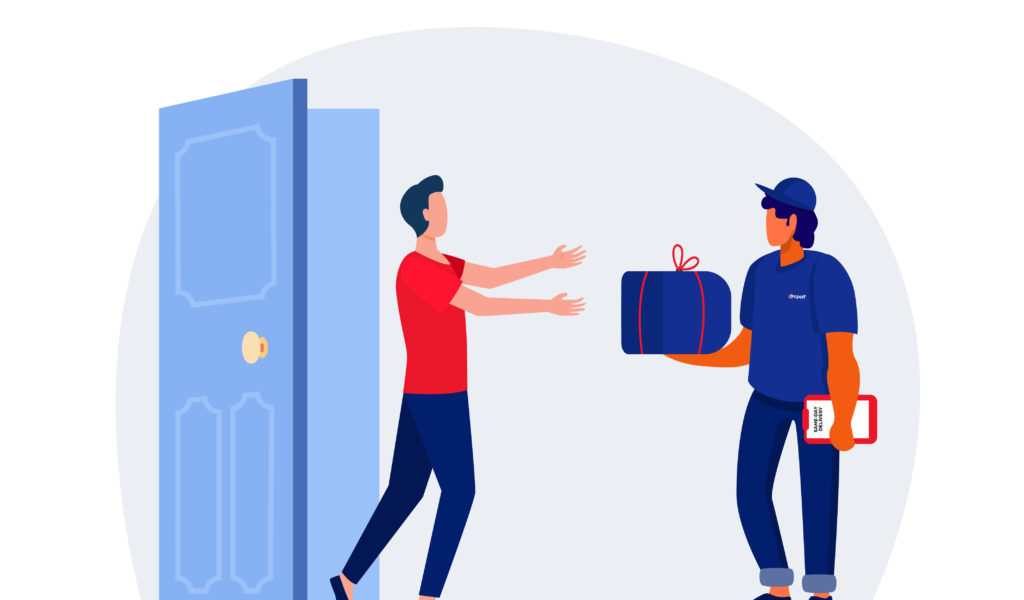
Many shoppers say that how quickly they can receive their purchase affects their decision to buy. They expect to receive their purchase within a few days. Most people expect to receive their order within 2-3 days.
Amazon conditioned consumers to expect faster delivery promises for online orders, and they continue to invest in customer obsession. The company announced in 2020 about adding more than 1,500 same-day fulfillment centers. This means that Amazon Prime’s Same-Day Delivery gets customers their products within 5 hours or less.
No other retailer can match the investment Amazon makes every year to improve its delivery promises. Amazon has the largest, closed logistics network and it also loses money to support fast, last-mile delivery. This is a model that is impossible to duplicate, but many consumers appreciate it.
People are willing to spend more to get their orders faster and cheaper. This is a good reason for other retailers and brands to improve their logistics network so they can offer same-day delivery.
Check out our article on the top last-mile delivery companies in the US that offer same-day delivery services.
What’s the Difference Between Shipping and Delivery?
The following list shows the difference between shipping and delivery, including the meanings, shipment date vs. delivery date, and product volumes.
Shipping:
- This means that the item has left the warehouse of the supplier.
- For smaller items that can be shipped through the local postal service.
- The term means that the order will leave the supplier’s warehouse.
- The shipping date is the date the order is sent from the supplier’s warehouse.
Delivery:
- This means the date when the package will arrive at the doorstep of the end customer.
- For larger items.
- The delivery date is when the customer gets the order.
Same-Day Shipping and Same-Day Delivery: What’s the Difference?
Same-day shipping means that your order will be shipped on the same day you placed it. This can save you a day or two of delivery time compared to retailers that wait to ship orders.
Same-day delivery means that the customer will get their order on the same day it was placed. Often, they have to place the order before noon for this to happen.
Things to Consider When Choosing the Right Shipping or Delivery Service for Your Business
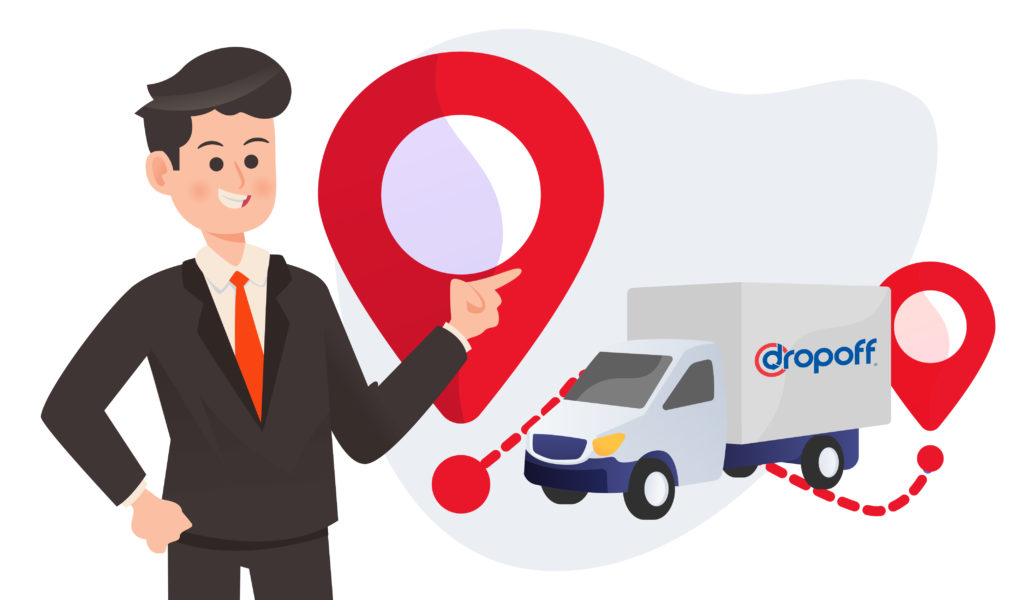
Before choosing a third-party logistics provider, you need to understand your specific requirements and priorities. This includes thinking about the needs of your customers, the nature of your product, and your competition.
1. Free Shipping
You can offer your customers free shipping when they are not in a hurry to get your product. You can also offer them faster-shipping options if they are willing to pay for it. Although it costs more, it is worth asking courier companies what is feasible.
2. Local Courier
If you are transporting goods within a small area, you should look into using a local courier. Local couriers will likely have more knowledge about the area, be more efficient at operating on a smaller scale, and offer cheaper options for small businesses than larger companies.
3. Customer Experience
You should understand the shipping company’s customer service experience. Make sure to do your background checks before you start working with a delivery company.
4. Specialized Shipping
Some items, such as perishable products, need a specialized shipping solution. Make sure that you work with a shipping company that has specific expertise in transporting perishable goods.
On the other hand, industries that require less specialized shipping or delivery solutions, for instance, high-end retailers, should focus more on same-day fashion delivery services as it significantly increases sales.
Bottom Line
At Dropoff, we understand the importance of both shipping and delivery, which is why we offer a range of services to help businesses get their products to their customers quickly and securely.
If you want to learn more about our services or have any questions, please don’t hesitate to contact us. We would be happy to chat with you about how we can help improve your business.

